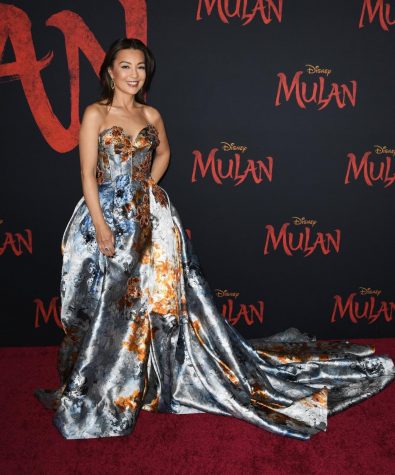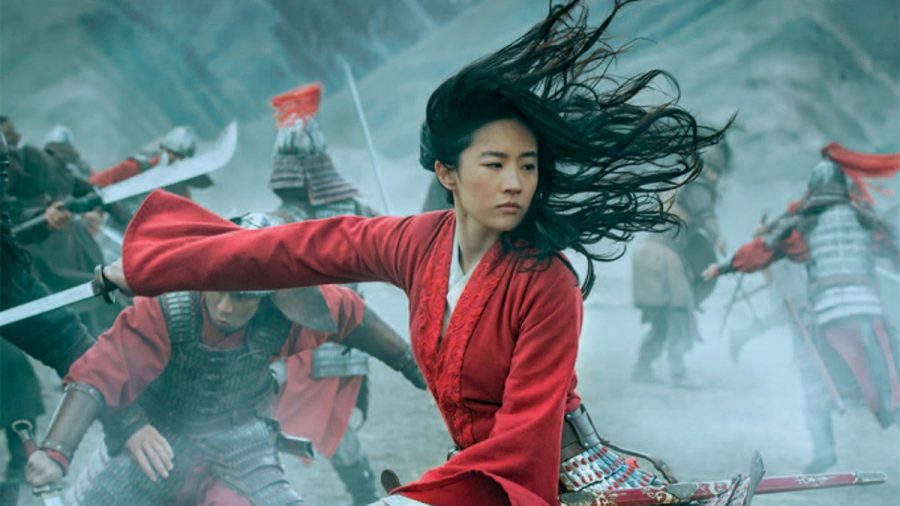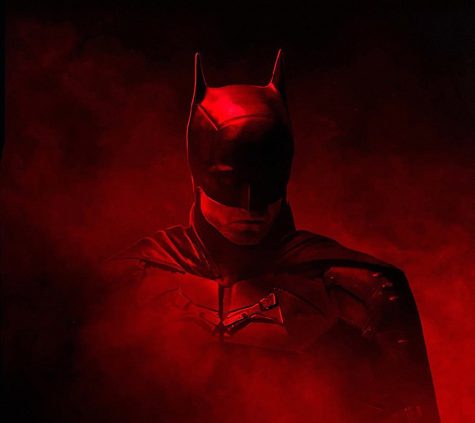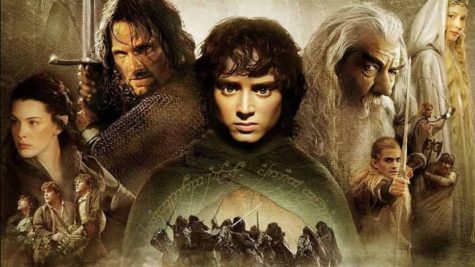Reviewing the New Mulan
The good, the bad, and the really bad
After Disney released its new live-action Mulan to Disney Plus on September 4th, people took to the internet to express their outrage. The film was immediately slammed as racist, poorly-done, a disgrace, and even “too woke.” And after watching it myself, I have to admit, it’s not the best.
The film gained controversy when actress Liu Yifei, who plays Mulan, posted her support for the Hong Kong police on Twitter. The Hong Kong police have been accused of several human rights violations, leading activists to boycott the movie, which costs $29.99 to rent on Disney Plus. The film has also been criticized for filming in Xinjiang, an area of China where the government has forced Muslim populations into “reeducation camps” according to the Associated Press.

As for the movie itself, well, it’s not the best. To begin with, several main characters from the original are missing, including Mushu, Mulan’s sidekick dragon. Without him, there is none of Disney’s trademark comedy. Li Shang, Mulan’s love interest, has also been removed. Instead, his military role is replaced with an elderly commander. There is also the addition of a sorceress who works with Bori Kahn. She is later inspired by Mulan and switches sides. Secondly, all of the original songs are cut from the remake. Instrumentals of “Reflection” and “I’ll Make a Man Out of You” are heard in the background, but not of the new characters sing.
Other than that, the film deviates from the original in several ways. The most significant is the way in which her true identity is revealed. Unlike in the original, Mulan’s gender is not accidentally discovered; instead, she chooses to reveal herself after she is told she can never succeed while lying to her friends. The idea behind this is to promote honesty and teach young girls to embrace who they really are. Mulan is also less close to her friends in the remake, with most of her time in the army focused on keeping her secret. She isn’t effected by the same learning curve as the rest of the recruits, and is shown to be an incredible athlete from an early age. As a result, her story is no longer just about family honor and doesn’t really feature any character growth. Instead, it centers around equality. When Mulan enters the army, she is already prepared for the job and knows what she wants to be a soldier. Her struggle centers around being accepted as a female warrior. This makes it difficult for girls to connect with Mulan as she undergoes no real character growth. It is the people around her who change by acknowledging that Mulan belongs. The film is intended to address more serious issues and lacks the humor and vocals present in the original.

On the bright side, the movie features the type of high-budget action scenes that belong in a war movie. Special effects and intricate choreography are guaranteed to leave the audience breathless. All actors (and actresses) were required to be in top shape to participate in the film. One cast member’s moves were so smooth that crew had to capture his scenes in slow motion so viewers could see the fighting.
The film even features a cameo from the original Mulan! At one point, Ming-Na Wen, who voiced Mulan in 1998 and again in 2004, appears in the royal palace. Though her only role is to announce Mulan as a hero, she looks stunning standing next to her younger counterpart. Ironically, her elegant demeaner makes her look the exact opposite of her original character. The world might not agree on the best Mulan, but viewers can all acknowledge that neither princess could pull of Wen’s traditional clothing with such stylish grace.








